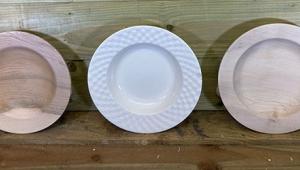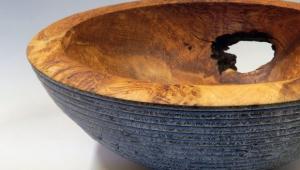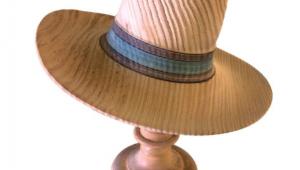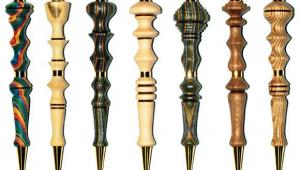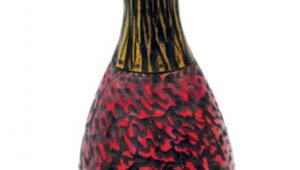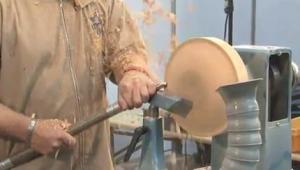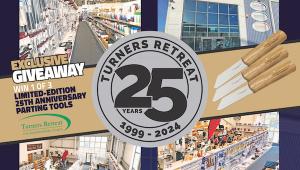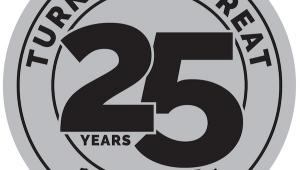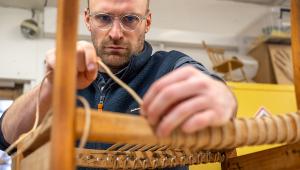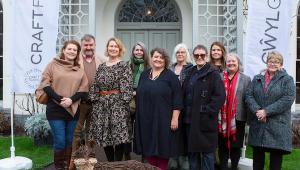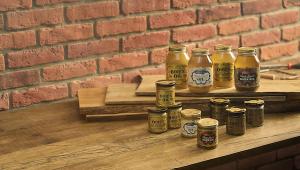Laser Quest
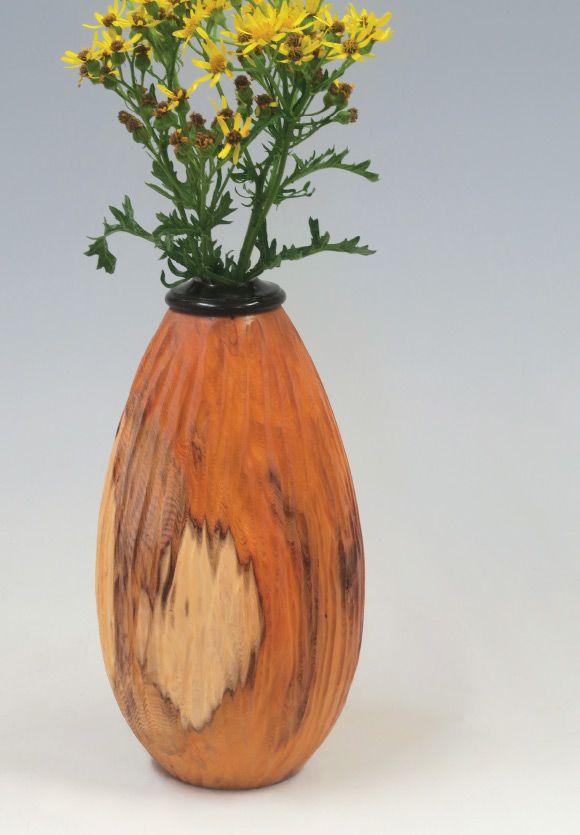
Laser Quest
Making use of the clever Simon Hope laser kit hollowing system, Les Thorne turns a vase in English yew before adding texture to the outside and an ebony insert to create contrast
Like a lot of other blokes, I love a gadget, so I’m always on the lookout for the latest gizmo that’s going to make a huge difference to my turning (well, that’s what I tell my accountant anyway). Hollowing vases and pots has been a turning technique for many years, first being popularised by US woodturner David Ellsworth. There have been many specialised tools made for hollowing both end- and side-grain timber with a lot of them based on a ring tool with a chip limiter on the top to prevent the tool digging in.
It’s important to have a tool that doesn’t catch, as a lot of the time you will be working blind through a small hole. Ellsworth specialised in working through tiny holes and turning very thin, although this does require a huge amount of skill with developing a feel for the tool an absolute must. The two main issues with working blind are knowing where the tool is located inside the piece and being able to measure the wall thickness.
This laser kit system from Hope Woodturning (www.hopewoodturning.co.uk), which can be fitted to the hollowing jig, uses a laser to gauge the wall thickness of the piece. Tools, jigs and a laser – what’s not to like. Try starting with a simple egg-shaped pot before moving on to something a little more ornate until you get used to the setup, as you do need to think a little about how the cutting edge is being presented to the wood.
Read the full article in Good Woodworking October 2017
For more great articles subscribe to Good Woodworking today
- Log in or register to post comments
